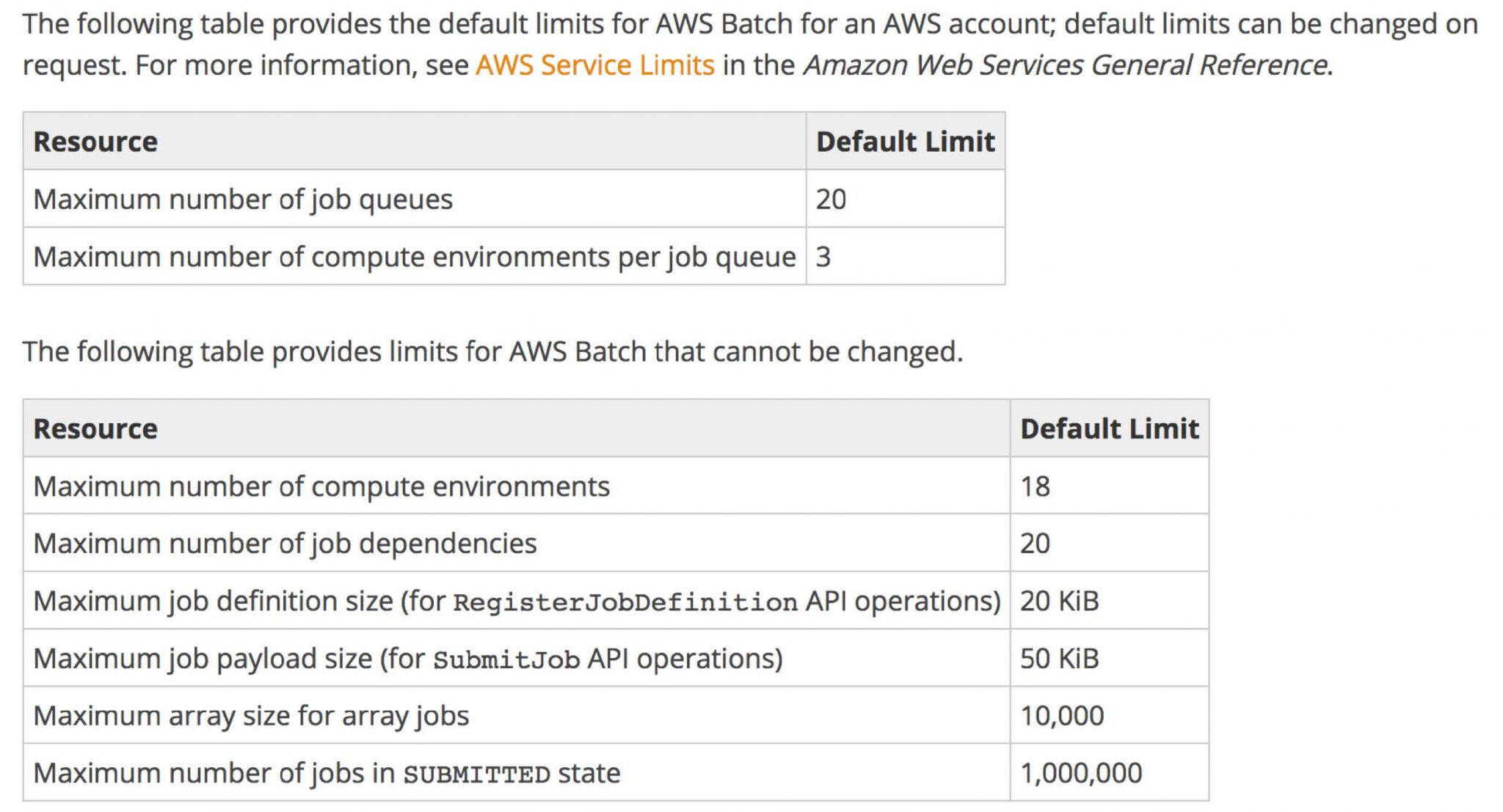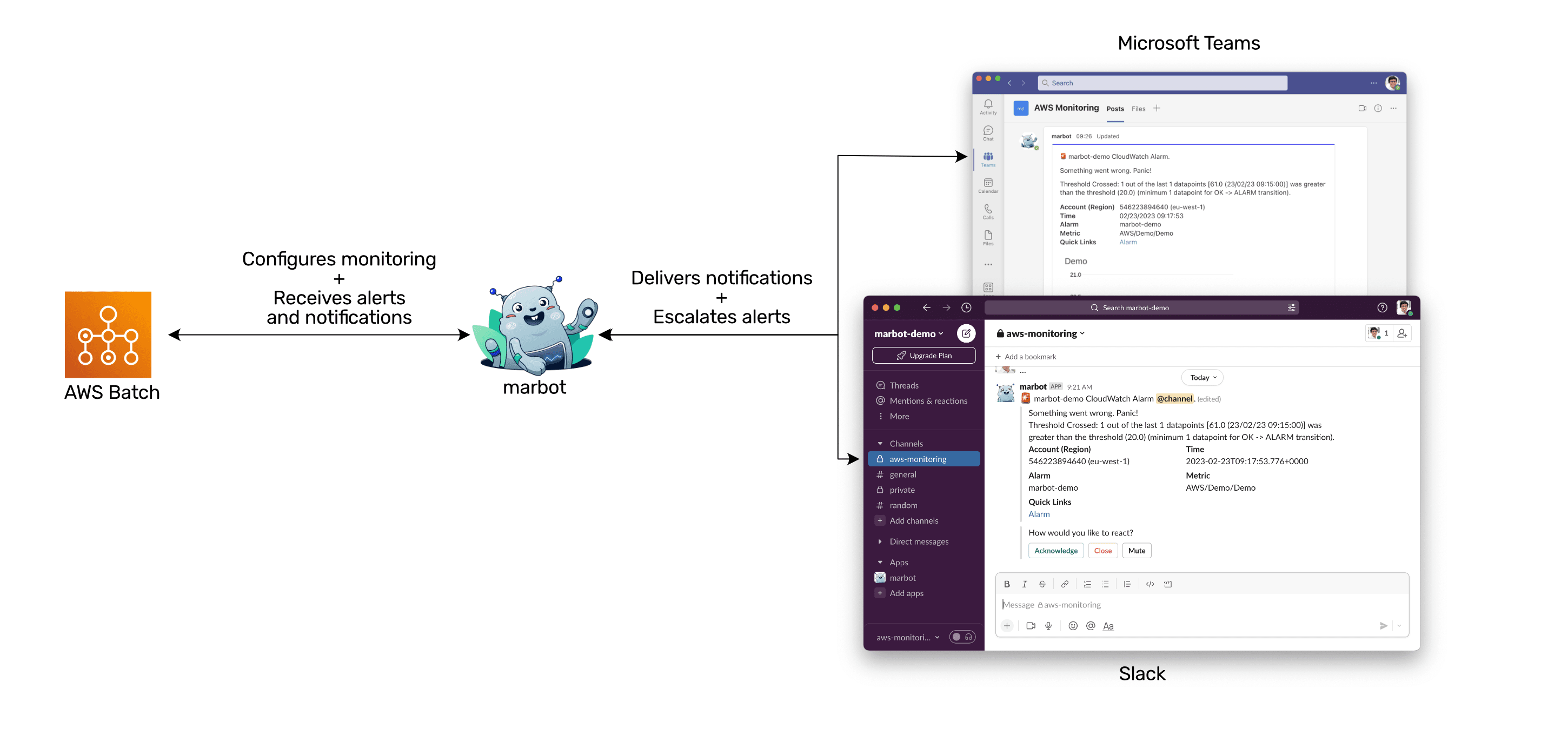RemoteIoT Batch Job Example On AWS: A Beginner’s Guide
Looking to dive into the world of remote IoT batch jobs on AWS? You’ve come to the right place! Whether you’re a developer, a hobbyist, or just someone curious about how IoT and cloud computing work together, this article will break it down for you. RemoteIoT batch jobs are not just some buzzwords—they’re powerful tools that can revolutionize the way you handle data processing and automation. Let’s get started!
Before we jump into the nitty-gritty, let’s set the stage. IoT—or the Internet of Things—has become a cornerstone of modern technology. From smart homes to industrial automation, IoT devices are everywhere. But what happens when you need to process massive amounts of data collected by these devices? That’s where batch jobs come in. They allow you to process large datasets efficiently, and AWS provides the perfect platform to run them.
In this article, we’ll explore how remote IoT batch jobs work on AWS, share real-world examples, and provide practical tips to help you get started. By the end, you’ll have a solid understanding of how to leverage AWS for your IoT projects. So grab a coffee, and let’s make some tech magic happen!
- Stunning Curves The Mesmerizing Body Of Melissa Oneil
- Discover The Life And Love Of Cody Johnsons Beloved Wife
Here’s a quick roadmap to guide you through this article:
- What is a RemoteIoT Batch Job?
- AWS Batch Processing Overview
- Setting Up RemoteIoT on AWS
- Real-World RemoteIoT Examples
- Tools and Technologies for RemoteIoT
- Best Practices for RemoteIoT Batch Jobs
What is a RemoteIoT Batch Job?
Let’s start with the basics. A remote IoT batch job is essentially a process that handles large datasets collected from IoT devices. Think of it as a way to crunch numbers, analyze patterns, or even trigger actions based on the data gathered by your sensors. But why do we call it “batch”? Well, it’s because these jobs are designed to process data in chunks, rather than in real-time. This makes them perfect for tasks that require heavy computation or data processing.
Now, when we say “remote IoT,” we’re talking about IoT systems that operate outside of a traditional local network. These could be sensors placed in remote locations, like weather stations in the wilderness or underwater drones monitoring marine life. The beauty of AWS is that it allows you to manage these remote devices and process their data from anywhere in the world.
- The Definitive Guide To Tobey Eminem Lyrics
- Movieruz Your Ultimate Guide To Streaming Movies Like A Pro
Why Use AWS for RemoteIoT Batch Jobs?
AWS offers a robust ecosystem of services that make it ideal for remote IoT batch jobs. Here are a few reasons why:
- Scalability: AWS can handle as much data as you throw at it, scaling up or down depending on your needs.
- Reliability: With AWS, you can trust that your data will be processed accurately and efficiently.
- Cost-Effective: You only pay for what you use, which makes it a budget-friendly option for both small and large projects.
AWS Batch Processing Overview
AWS Batch is one of the most powerful services for handling batch jobs. It automates the process of running batch computing workloads on AWS. Whether you’re dealing with simple or complex tasks, AWS Batch can handle it all. Here’s a quick rundown of how it works:
First, you define your batch job by specifying the compute resources, memory, and other requirements. Then, AWS Batch takes care of the rest, allocating resources, scheduling jobs, and monitoring progress. It’s like having a personal assistant for your data processing needs.
Key Features of AWS Batch
AWS Batch comes packed with features that make it a go-to choice for remote IoT batch jobs:
- Job Queues: Organize your jobs into queues for better management.
- Job Definitions: Define the environment and resources needed for each job.
- Compute Environments: Choose from a variety of compute options, including EC2 instances and Fargate.
Setting Up RemoteIoT on AWS
Ready to roll up your sleeves? Setting up a remote IoT system on AWS involves a few key steps. Let’s break it down:
Step 1: Create an AWS Account
If you haven’t already, sign up for an AWS account. It’s free to start, and you’ll get access to a bunch of services that’ll come in handy for your IoT projects.
Step 2: Set Up AWS IoT Core
AWS IoT Core is the backbone of your IoT system. It allows your devices to securely connect to the cloud and exchange data. Here’s how to set it up:
- Log in to the AWS Management Console.
- Navigate to the IoT Core service.
- Create a new thing (a representation of your IoT device).
- Download the necessary certificates and keys for secure communication.
Step 3: Configure AWS Batch
Once your devices are connected, it’s time to set up AWS Batch for processing your data. Follow these steps:
- Create a compute environment with the desired specifications.
- Define a job queue to manage your batch jobs.
- Set up job definitions that specify the commands and resources needed for each job.
Real-World RemoteIoT Examples
Talking about remote IoT batch jobs is one thing, but seeing them in action is another. Here are a couple of real-world examples to inspire you:
Example 1: Smart Agriculture
Insmartagriculture, farmers use IoT sensors to monitor soil moisture, temperature, and other environmental factors. These sensors collect vast amounts of data, which can be processed using AWS Batch to provide insights into crop health and yield predictions.
Example 2: Remote Asset Monitoring
Industries like oil and gas rely on remote asset monitoring to ensure the safety and efficiency of their operations. By using remote IoT batch jobs on AWS, companies can analyze data from offshore rigs or pipelines to detect anomalies and prevent potential disasters.
Tools and Technologies for RemoteIoT
When it comes to remote IoT batch jobs, having the right tools and technologies is crucial. Here are a few that you should consider:
1. AWS IoT Core
As we mentioned earlier, AWS IoT Core is the foundation of your IoT system. It provides secure and scalable communication between devices and the cloud.
2. AWS Lambda
AWS Lambda allows you to run code without provisioning or managing servers. It’s perfect for triggering actions based on IoT events.
3. AWS Glue
If you’re dealing with large datasets, AWS Glue can help you extract, transform, and load (ETL) your data into a format that’s ready for analysis.
Best Practices for RemoteIoT Batch Jobs
To ensure your remote IoT batch jobs run smoothly, here are a few best practices to keep in mind:
1. Optimize Your Data
Before processing your data, make sure it’s clean and well-structured. This will save you time and resources in the long run.
2. Monitor Your Jobs
Keep an eye on your batch jobs to ensure they’re running as expected. AWS provides tools like CloudWatch to help you monitor and troubleshoot issues.
3. Scale Appropriately
Don’t over-provision your resources. Start small and scale up as needed. This will help you save costs and improve performance.
Conclusion
RemoteIoT batch jobs on AWS are a game-changer for anyone working with IoT systems. By leveraging the power of AWS, you can process massive amounts of data efficiently and effectively. Whether you’re building a smart home, monitoring remote assets, or analyzing agricultural data, the possibilities are endless.
So what are you waiting for? Dive into the world of remote IoT and see how AWS can transform your projects. And don’t forget to share your experiences in the comments below. Who knows, you might just inspire someone else to take the leap!
- Is Pamela Koslow Still Alive Today Discover The Truth
- Meet James Camerons Brother An Untold Story Of Cinematic Excellence

AWS Batch Implementation for Automation and Batch Processing

AWS Batch Implementation for Automation and Batch Processing

Monitoring AWS Batch marbot